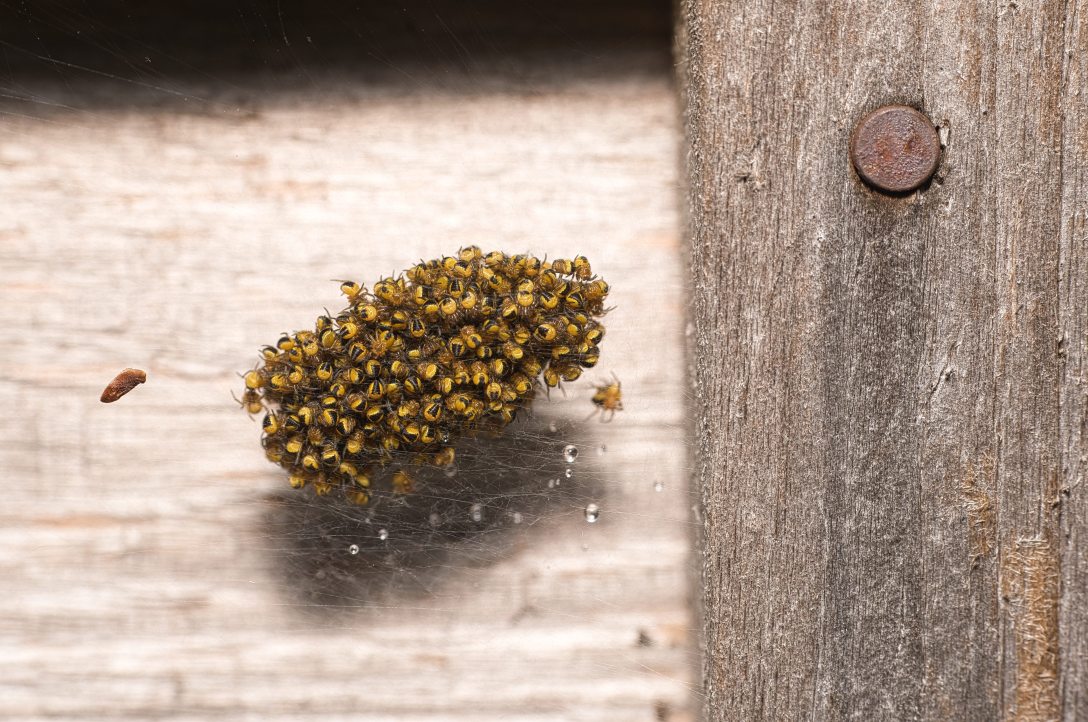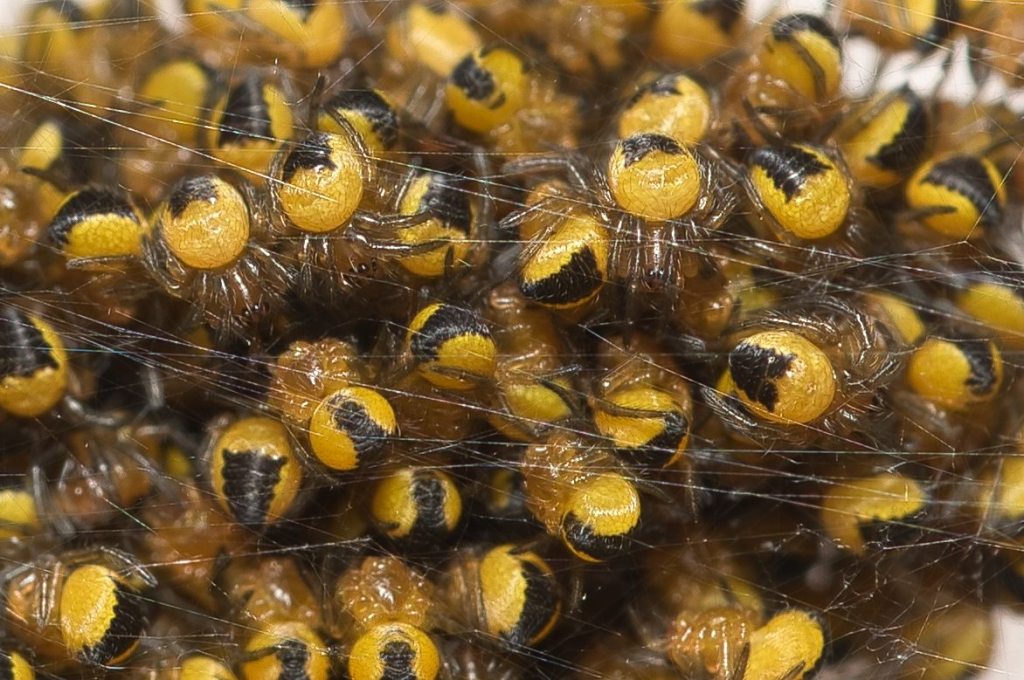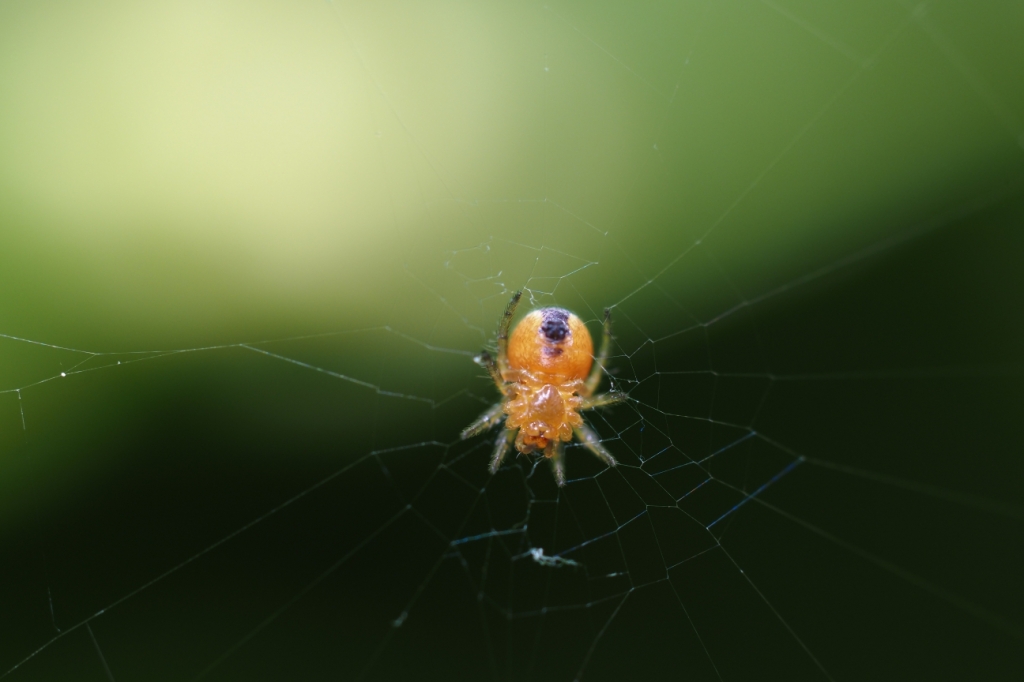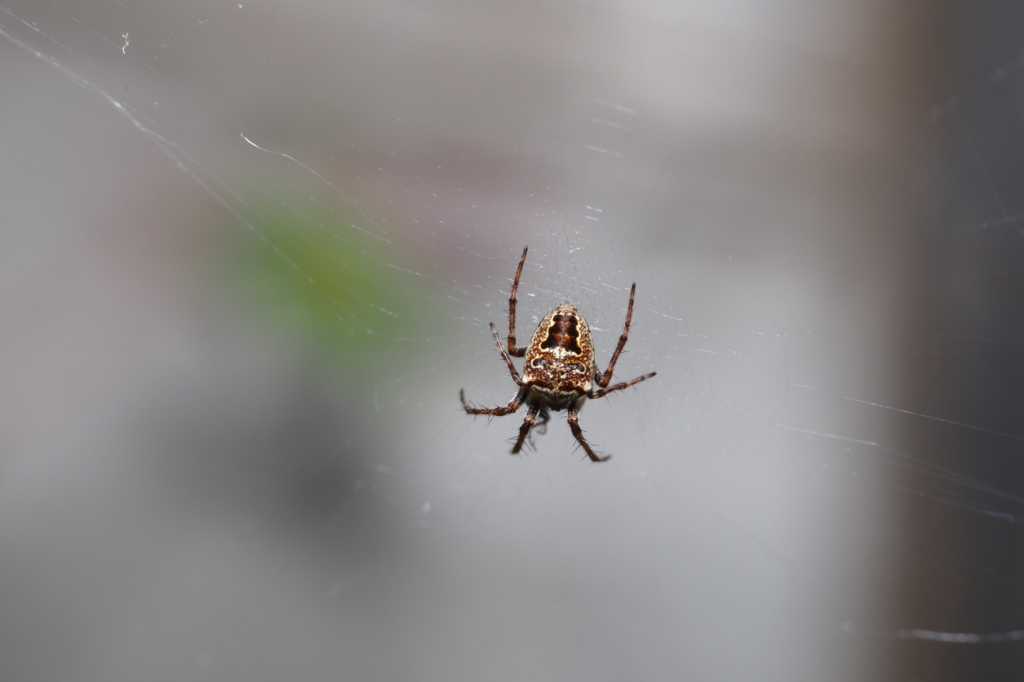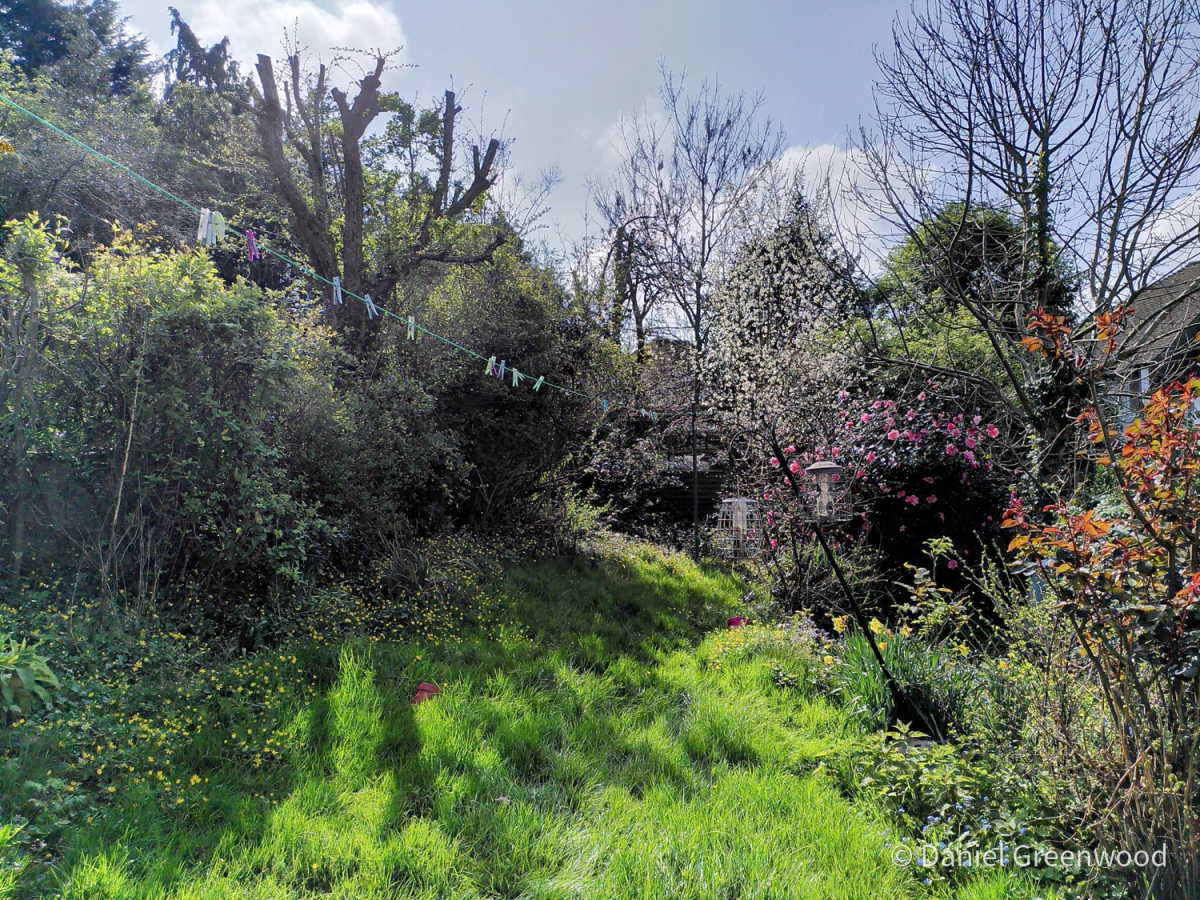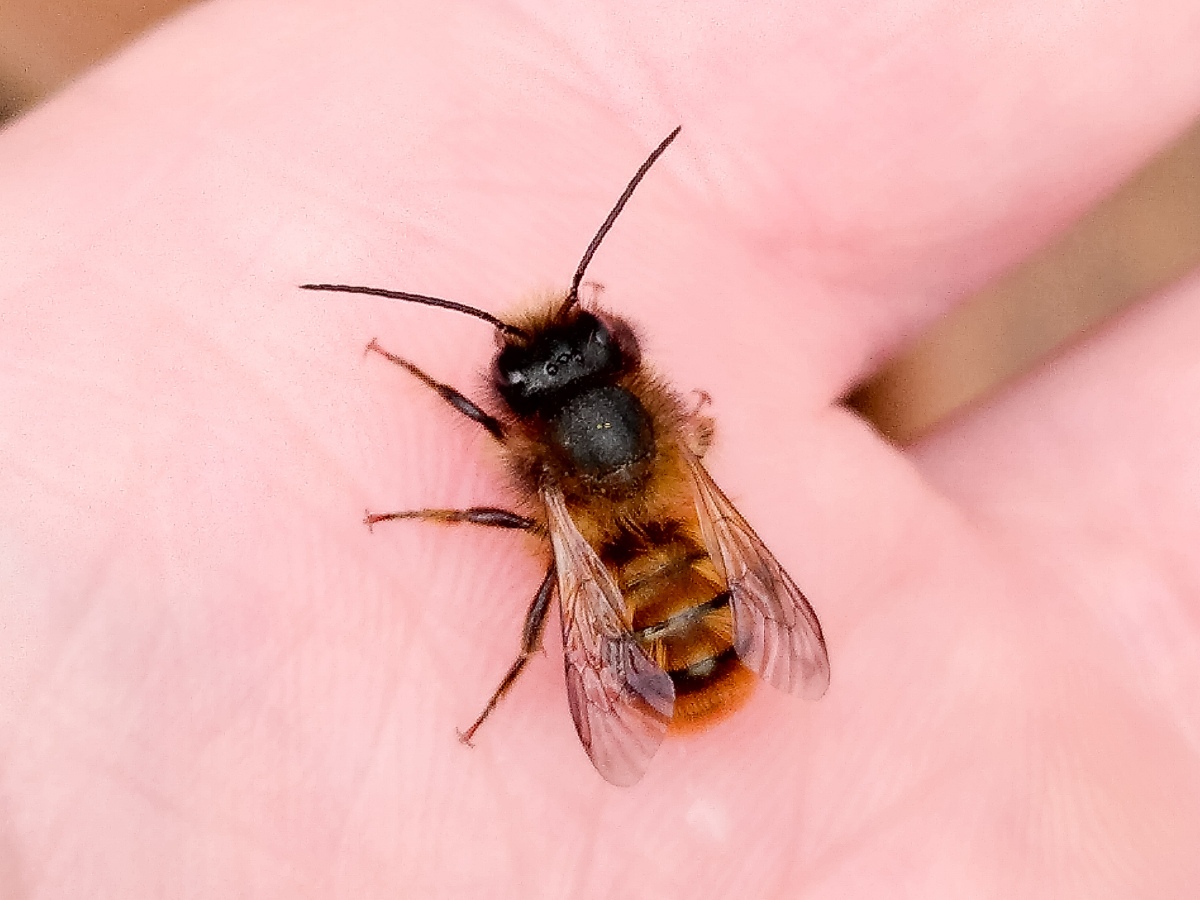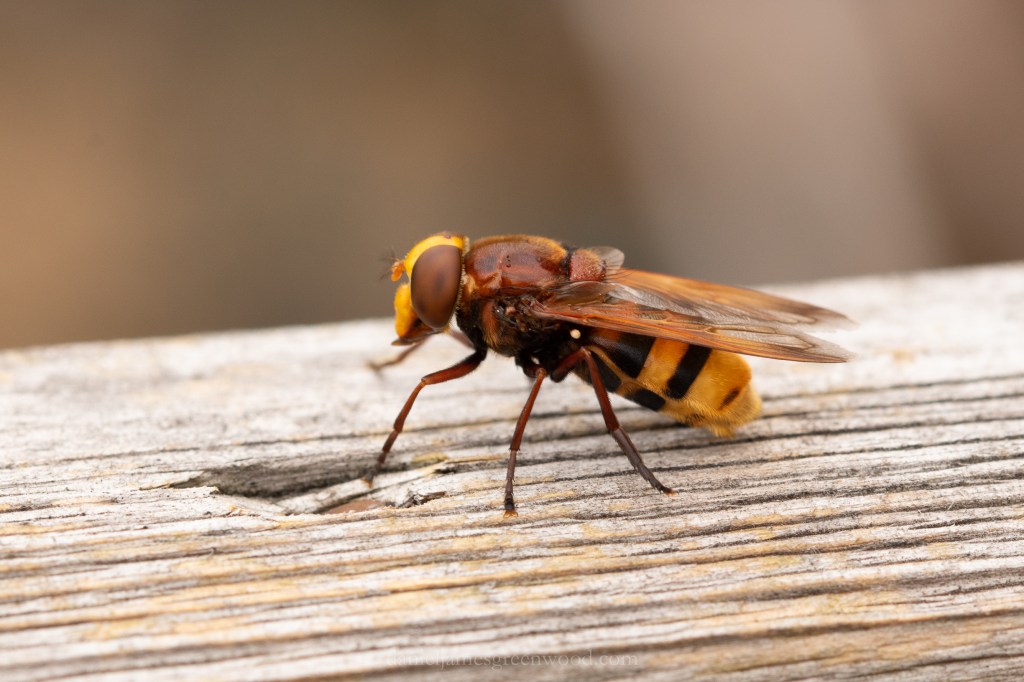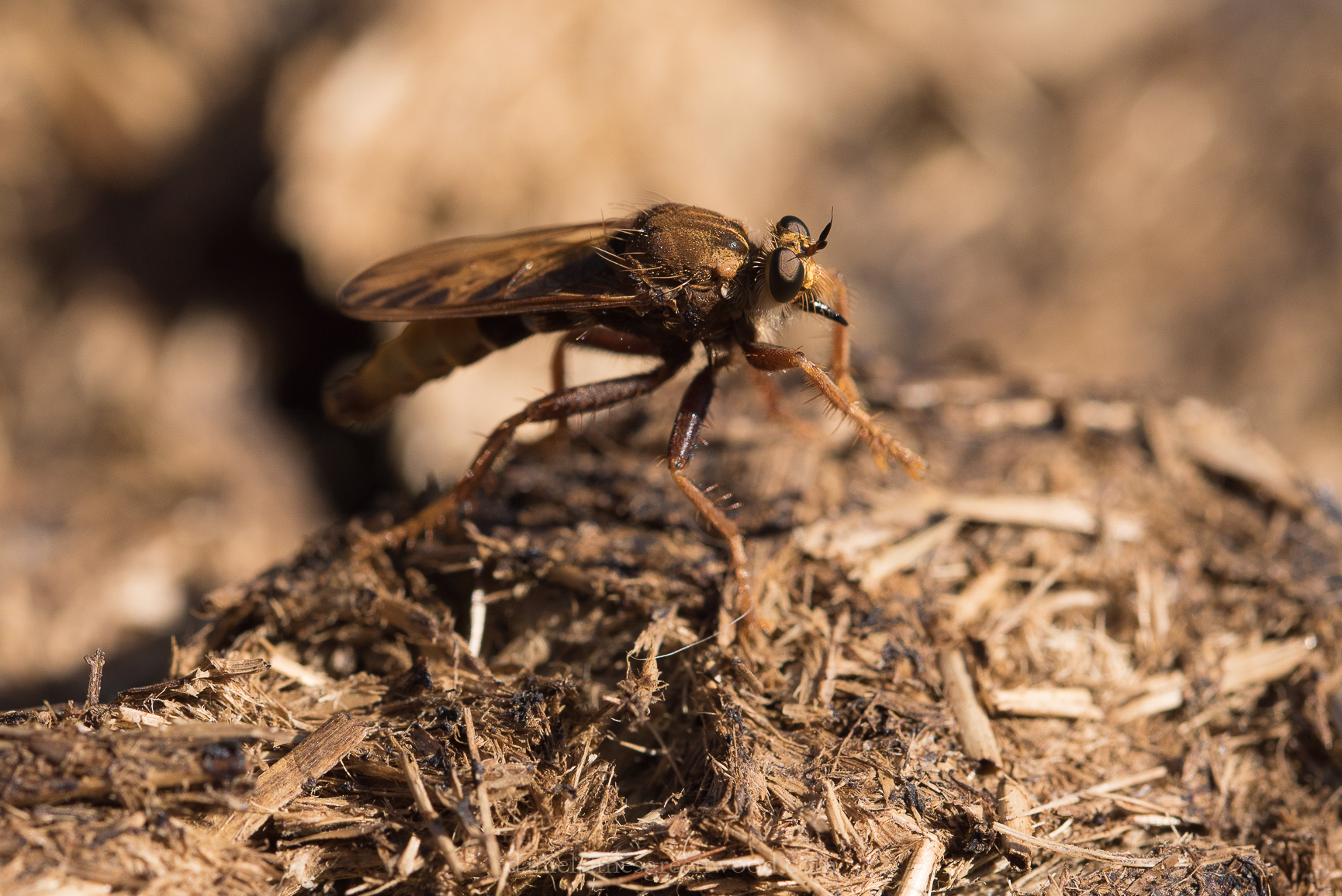
Macro Monday 17th August 2020
*Warning*: as you may have guessed, this post contains spiders. Some people may find some of these photos unpleasant, but it may help you to learn to overcome your fear. I am not a spider-psychologist so this is not professional advice, as ever.
Here are frequently asked questions about spiders if you want to dispel any myths!
Well, what a week that was. Very high nightime temperatures and unbearable heat through the day. I barely spent any time outdoors, let alone in the garden. I really struggle in temperatures over 30 degrees. Most of the images this week come from the post-heatwave days towards the end of the week.
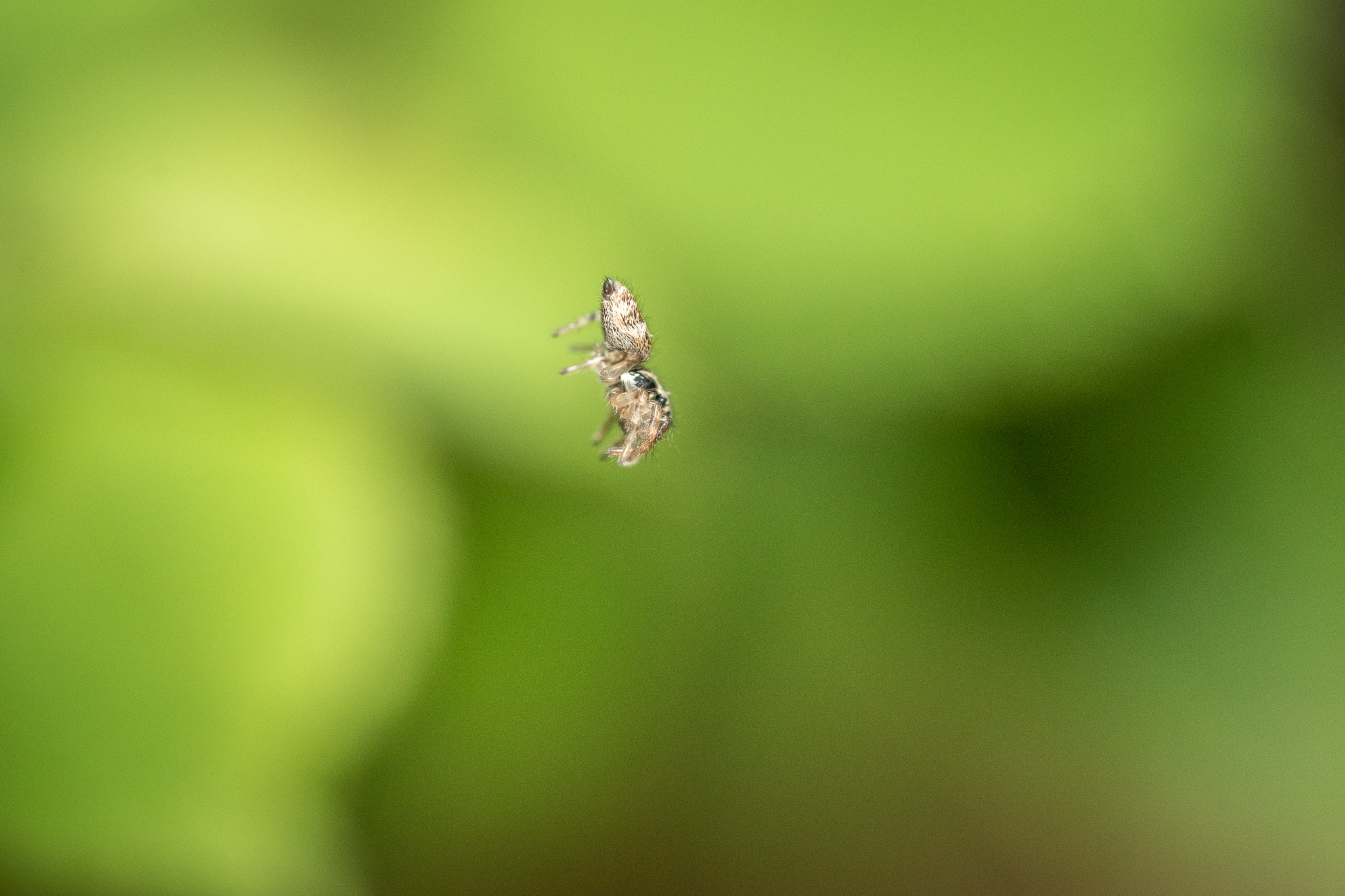
One evening, after the heat had largely dipped, I noticed some odd behaviour from a zebra jumping spider.
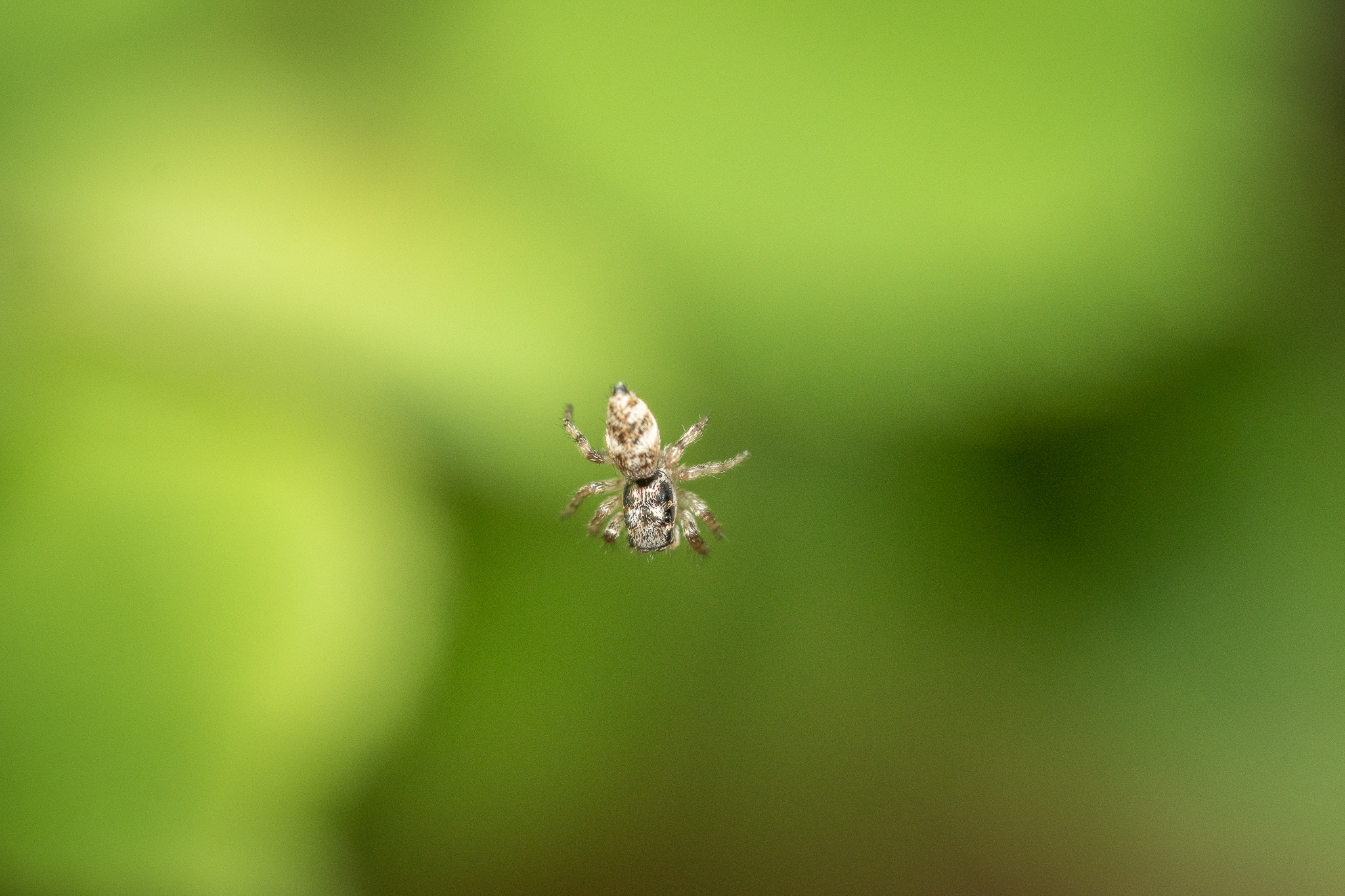
It was hanging from the leaf of a climbing rose we have growing from a terracotta pot on the front of our house.

I noticed there was another, smaller, zebra jumping spider (ZJS) lower down on the pot. I think this was some kind of territorial or even courting behaviour. Eventually the ZJS made it down to the terracotta.

It was running around on the edge of the pot, looking for the smaller ZJS. It was a total nightmare to get in focus.

There was also some time to clean its legs while it tried to find out what the other ZJS was up to.
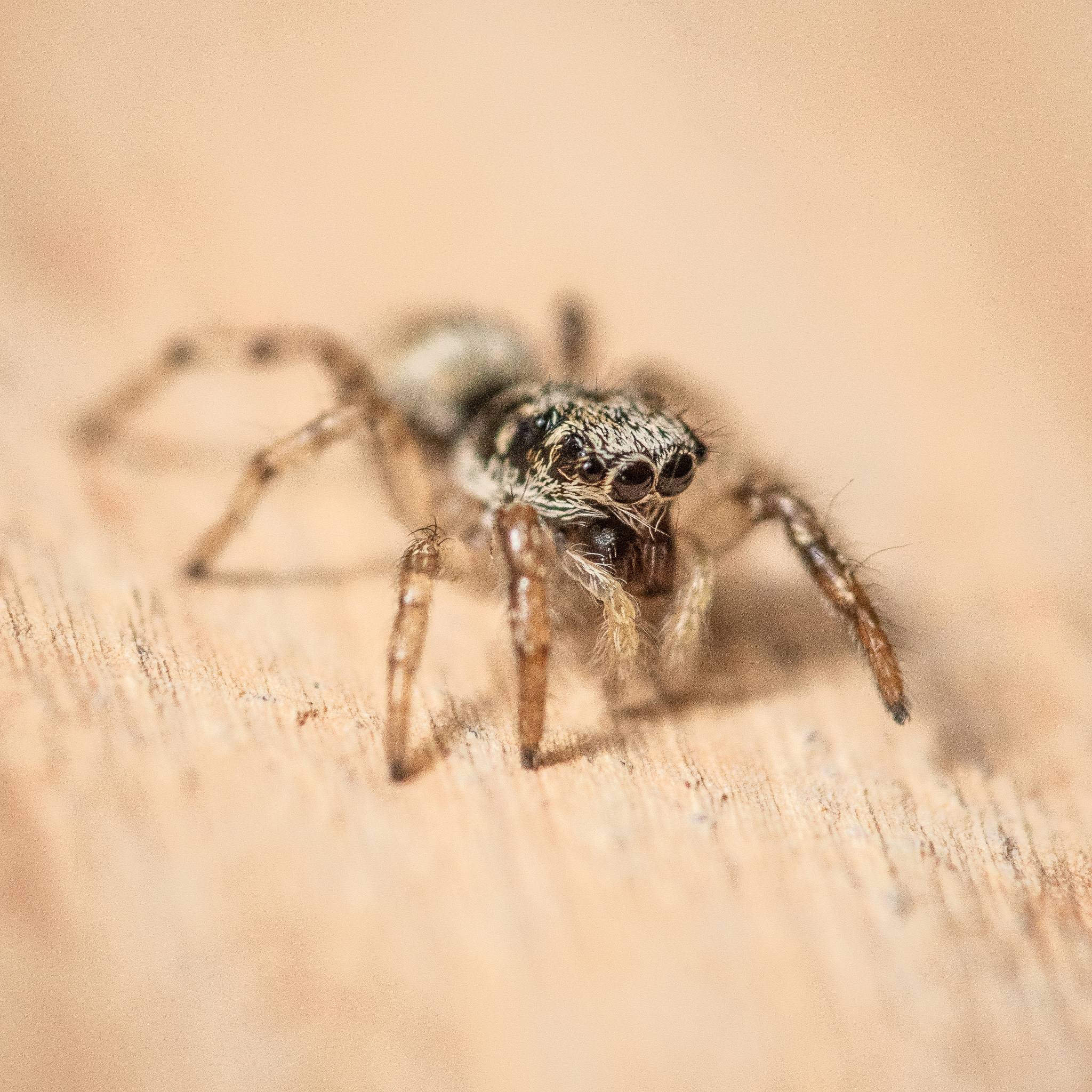
I’ve seen these lovely spiders all throughout the spring, but much less so in the summer. It was nice to see them again.
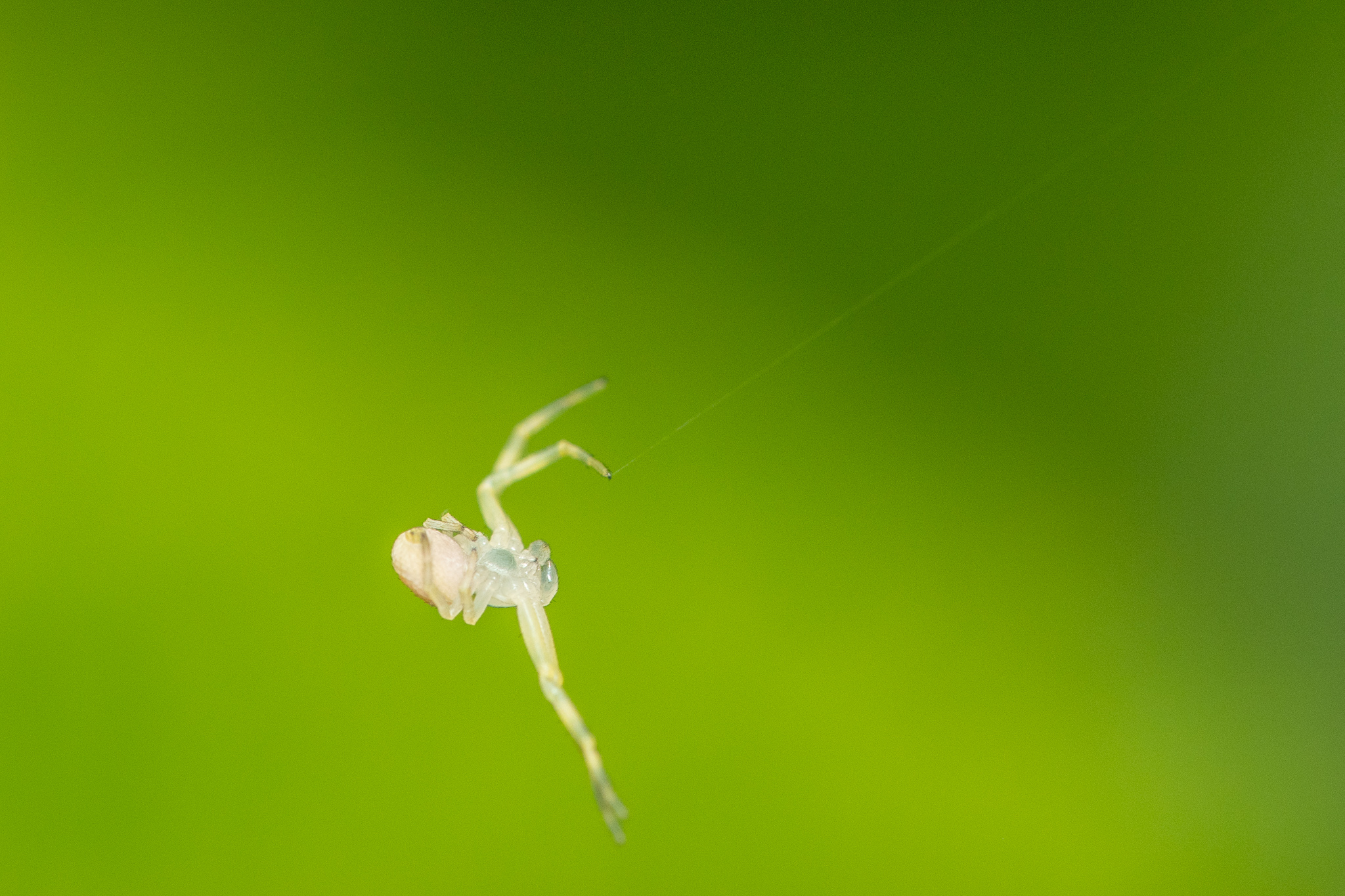
I also noticed this crab spider floating in midair on its silk. There is something quite weird about this image I think. The limbs look a bit like human or robot arms. This was a pure fluke of hoping it got into focus, even then you can’t really see the spider properly.
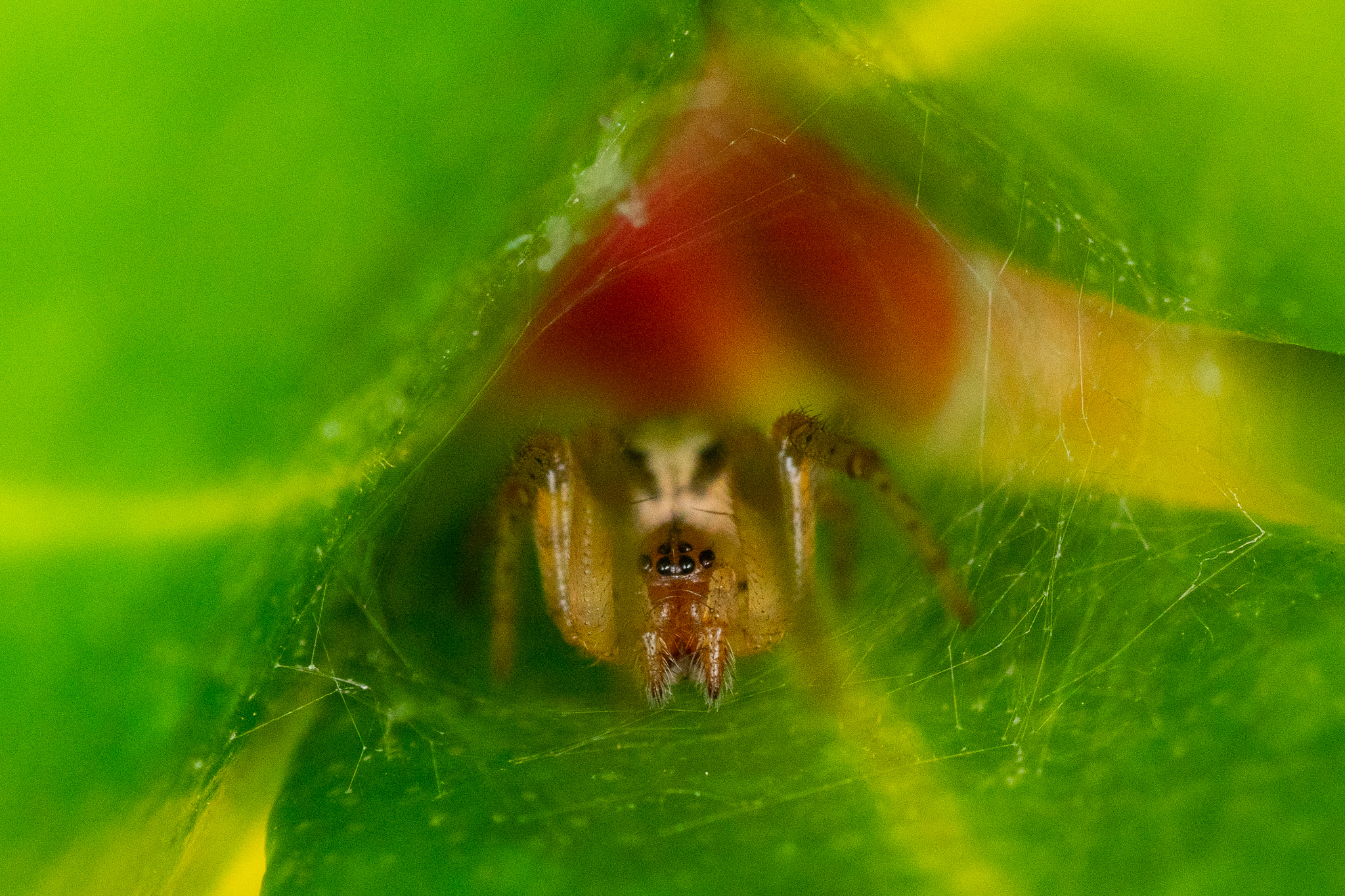
I’ve noticed far fewer insects in my garden, probably because the plants we have are largely over. I need to get some late-summer to autumn flowering species like stonecrop to keep things rocking and rolling. I had a look through the hedge while having an afternoon break after the storm took the heat away. I noticed this spider tucked away down in a bunch of leaves in the hedge. The silk is there to help catch prey but also it will react to movement, triggering the spider to attack.
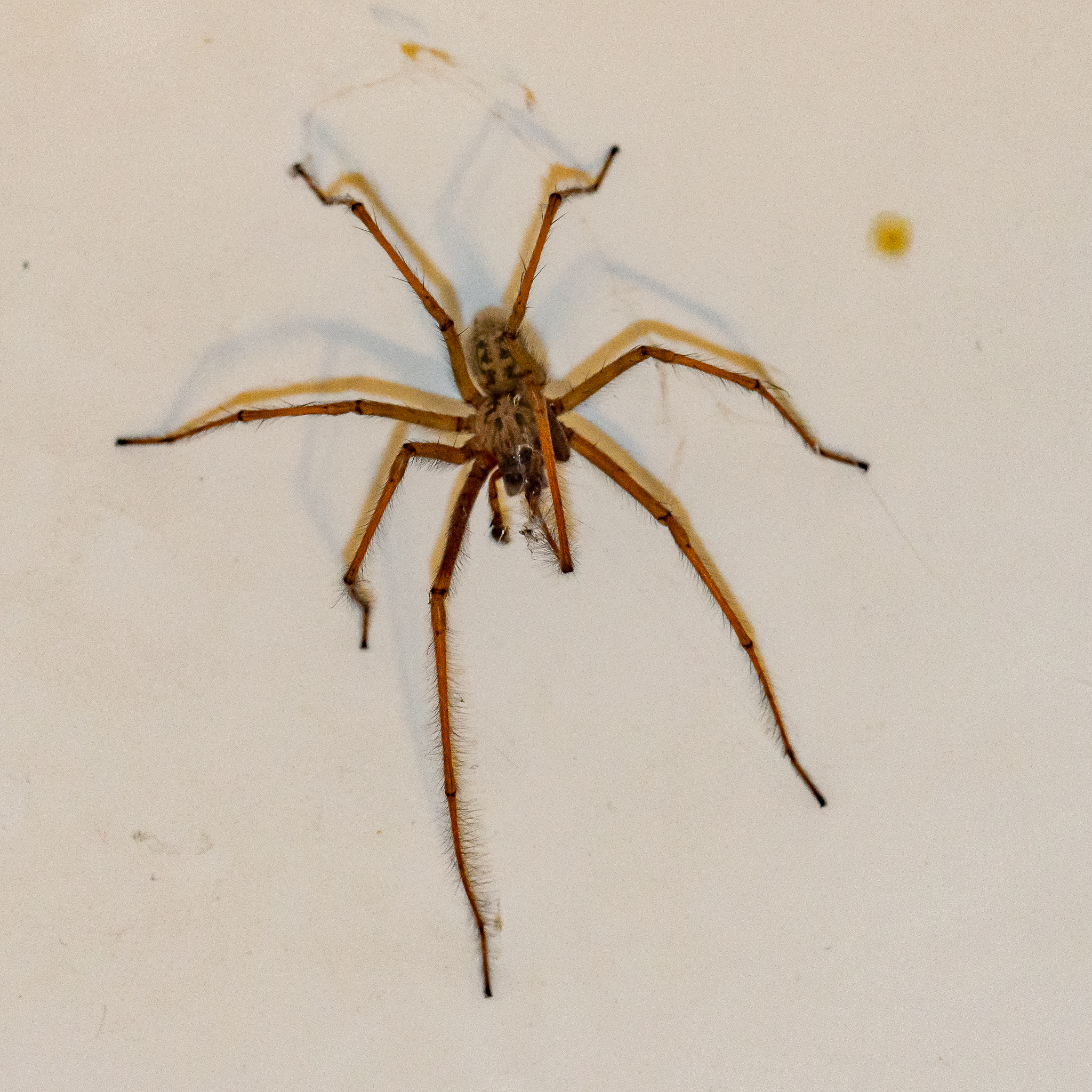
I visited my family home for the first time in 6 months last weekend, a really special experience after such a long time away. My parents are avid readers of this (perhaps that should say, the readers) blog and my mum pointed out to me that there was a big spider in the bath that I might want to include here! YES MUM!
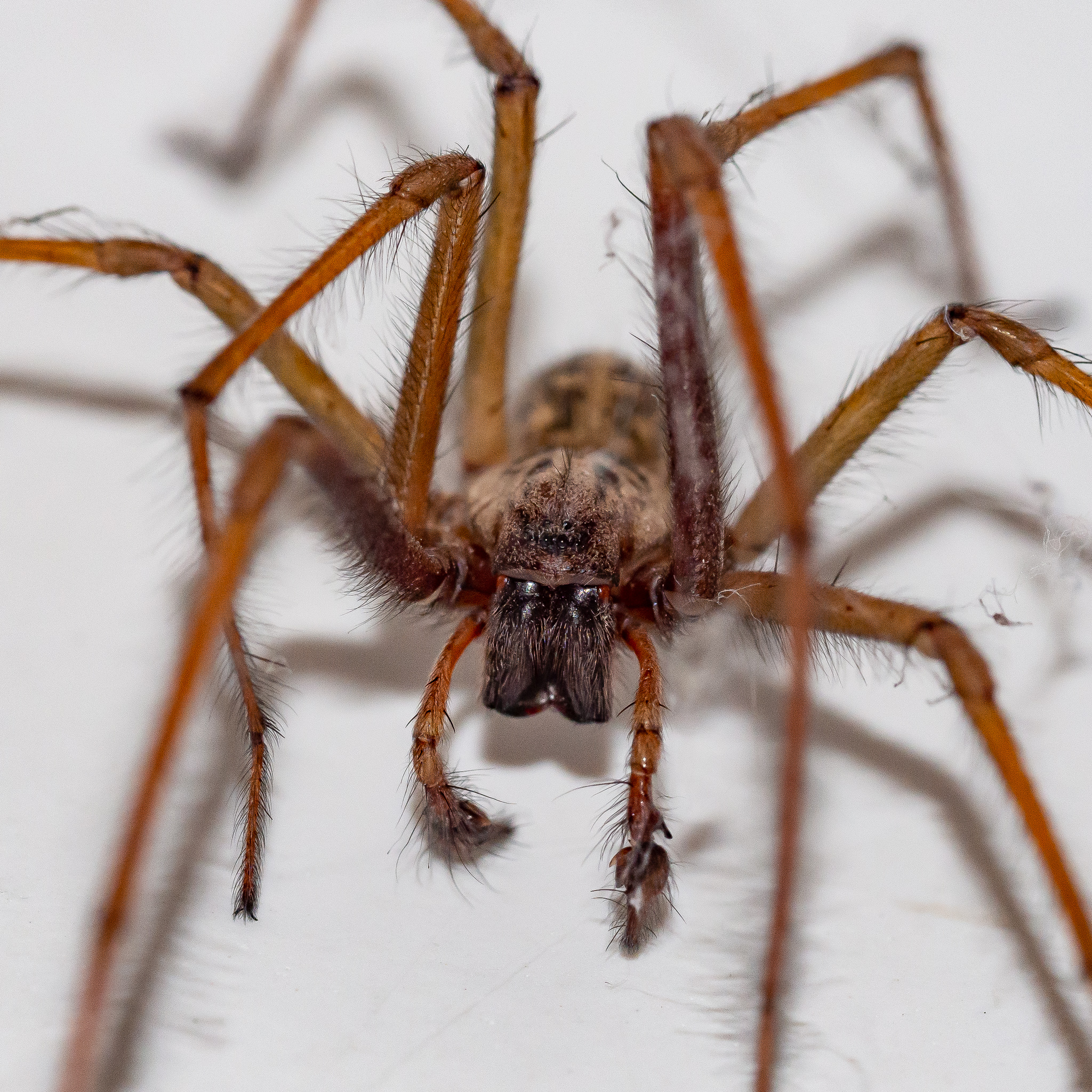
Now there have been several times this week when I’ve noticed out of the corner of my eye a shadow moving across the floor. This is something a lot of people are very unhappy about! But it’s the time of year when giant house spiders are becoming more evident. They are fiersome looking things yet they are harmless. They are more afraid of you than you are of it. They have every right to be afraid, because people will likely try and kill them when they see them, out of misplaced fear.
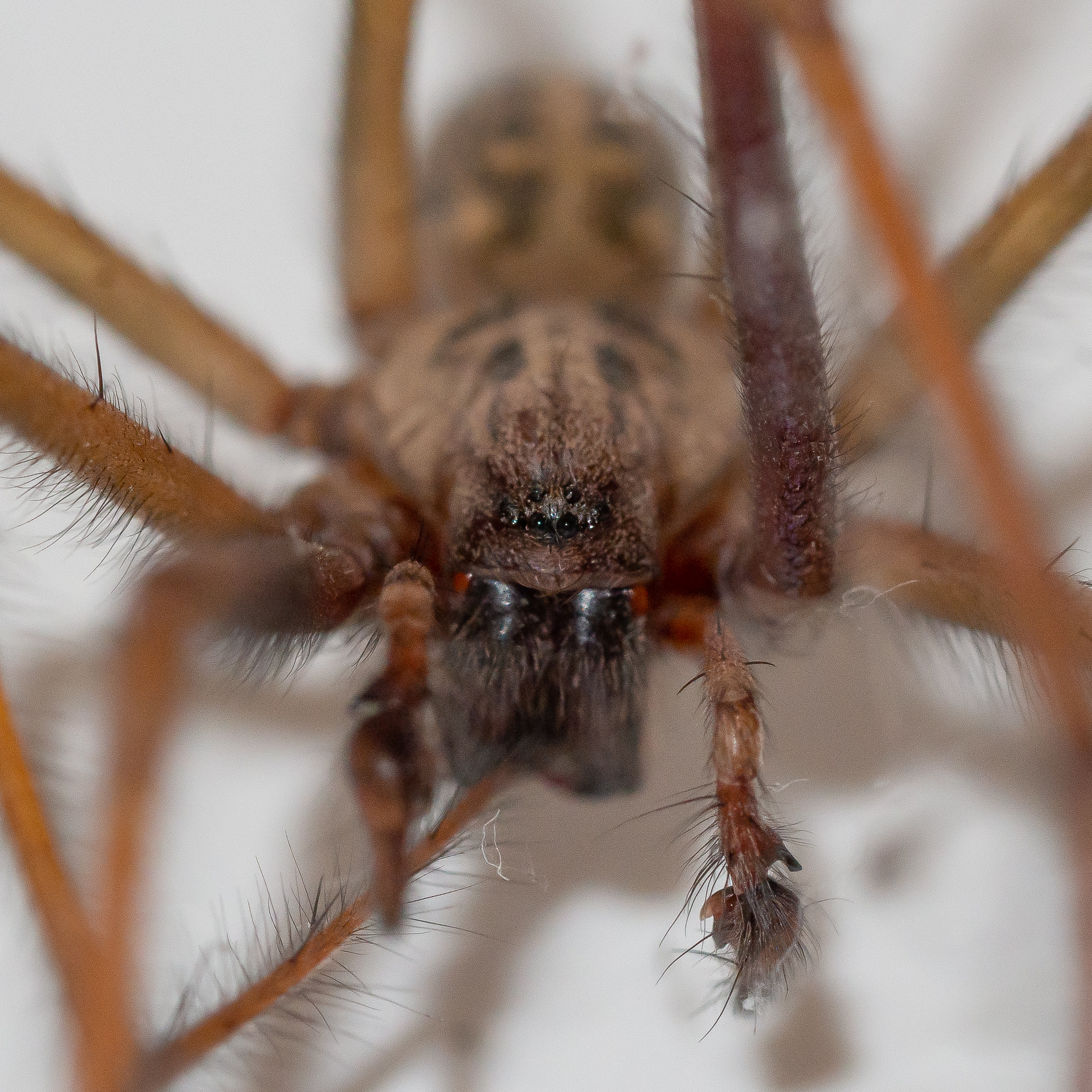
That said, they are a bit scary to look at and those mandibles are massive. I had my small mirrorless camera with me and a macro lens. The images are quite harsh and grainy because the light was so dank and the flash is a pop-up one without a diffuser.
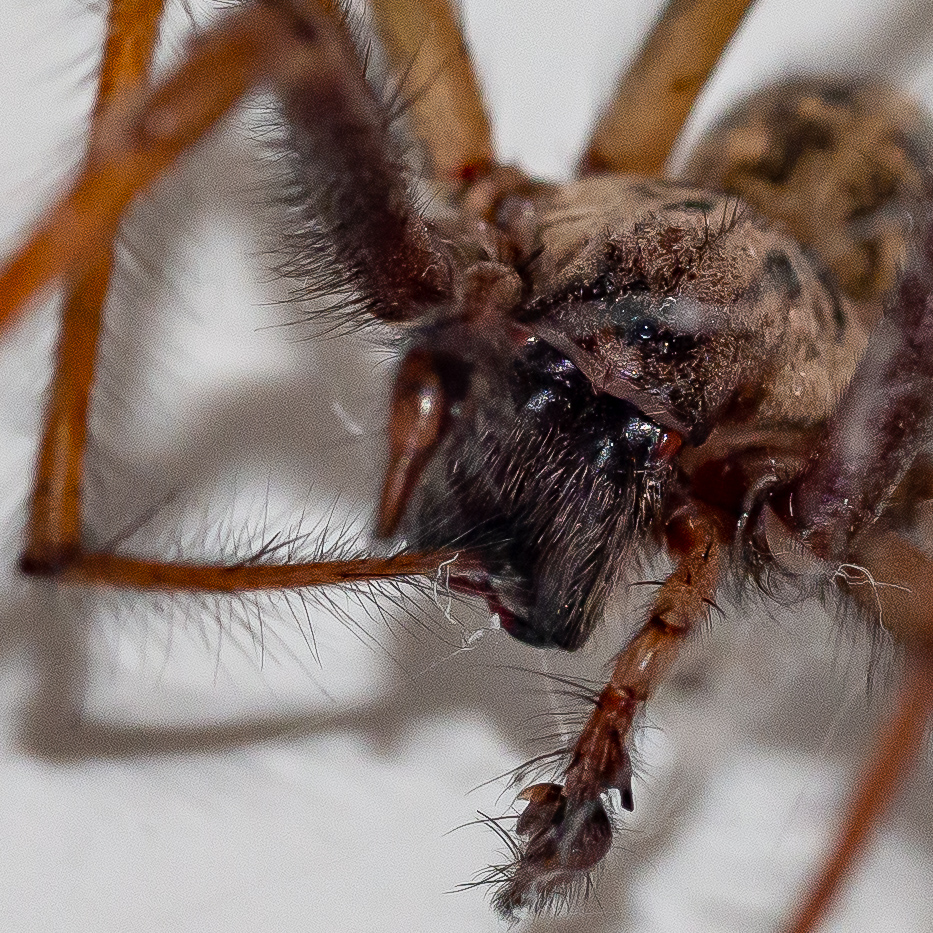
The spider didn’t actually mind me at all. It was trying to remove some spider silk from its legs by running them through its mandibles.
Far from wanting to harm this animal, I am pleased that we can have such close encounters with big insects like these. If you let them go about their business, there’s no problem. No spider in Britain is venomous. This is not Australia!
Thanks for reading.
Photos taken with Nikon D5600 with Sigma 105mm f2.8 macro lens and SB-700 flash. Giant house spider photos taken with Olympus EM-10 MIII with 60mm f2.8 macro lens.
More macro



